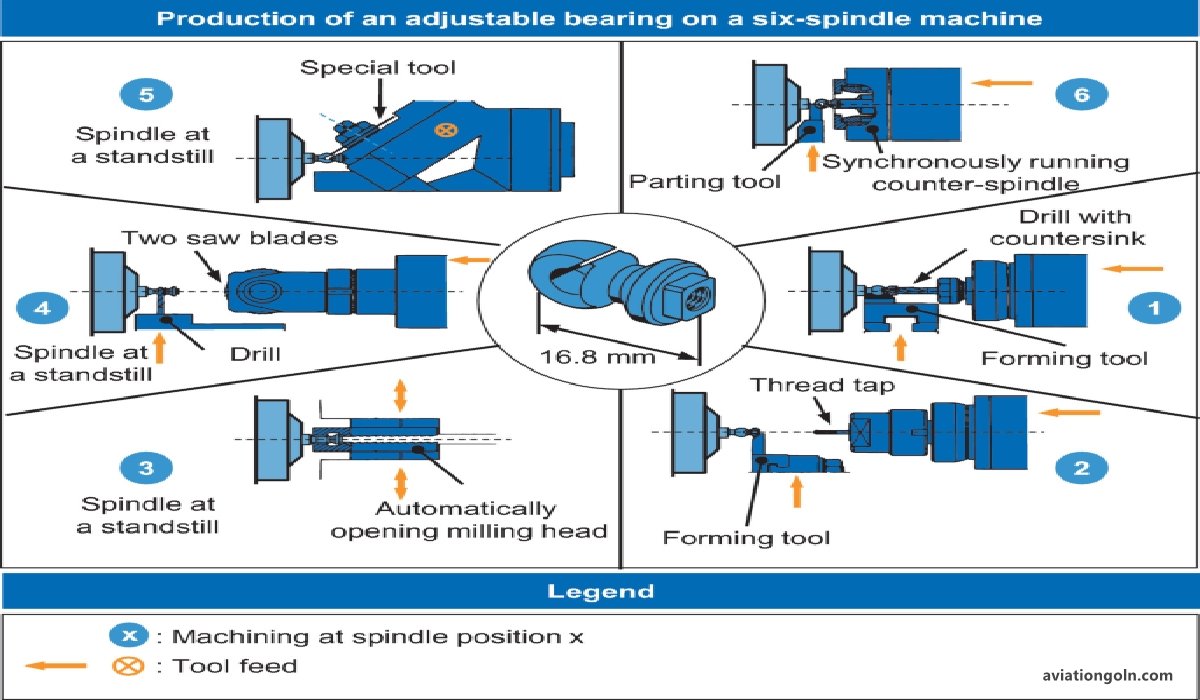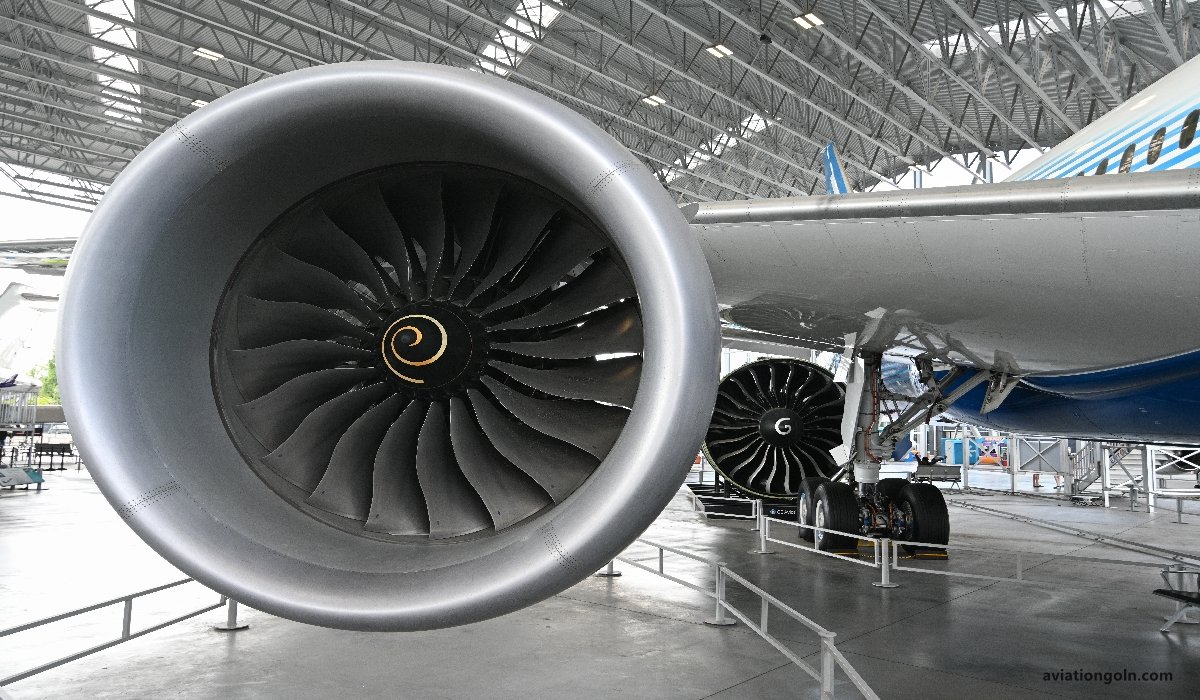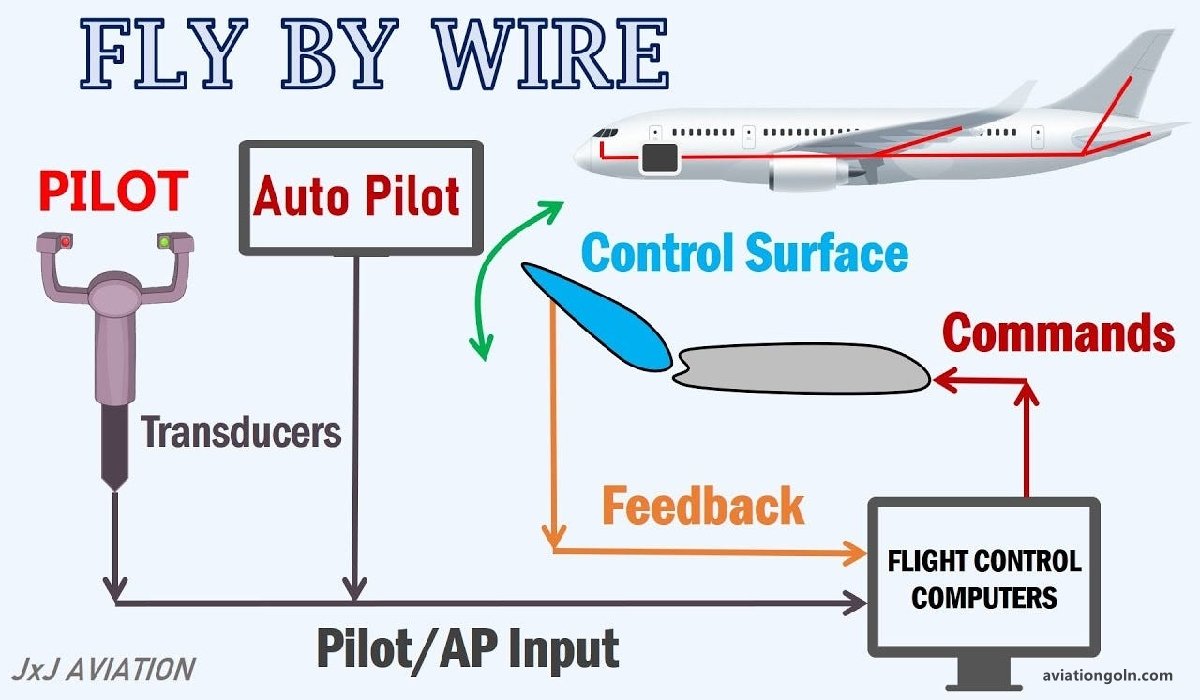Mechanical Control Systems: Control systems are pivotal in determining the performance, stability, and safety of many mechanical structures, and perhaps there’s no better example of its importance than in aviation. The flight control system (FCS) of an aircraft is a specialized system that manages and controls the flight direction, attitude, and stability of the aircraft. This article delves into the intricacies of mechanical flight control systems, their evolution, components, and significance in modern aviation.
Mechanical Control Systems: Flight Control Systems

1. Historical Overview
The earliest aircraft, such as the Wright Flyer, had rudimentary control systems that were often just simple levers and cables. As aviation evolved, so did the need for more sophisticated, robust, and responsive control systems. Mechanical control systems, given their reliability and direct input-output relationship, became the backbone of early and mid-century aviation.

2. Basic Principles
In understanding mechanical flight control systems, it’s essential to grasp the basic aerodynamic forces and how control surfaces influence these forces:
- Lift: Generated primarily by wings, counteracting gravity.
- Weight: The gravitational force acting downwards.
- Thrust: Produced by engines, propel the aircraft forward.
- Drag: The resistance experienced by the aircraft due to air friction.
Control surfaces alter the balance and distribution of these forces to control the aircraft’s direction, speed, and orientation.

3. Components of Mechanical Flight Control Systems
3.1 Primary Control Surfaces
These are the main surfaces that directly influence the aircraft’s orientation and trajectory.
- Ailerons: Located on the trailing edges of the wingtips. They control the rolling motion.
- Elevators: Found on the trailing edge of the tailplane. They manage the pitch of the aircraft.
- Rudder: Positioned on the trailing edge of the fin. It controls the yawing motion.

3.2 Secondary Control Surfaces
These surfaces aid or refine the control provided by the primary surfaces.
- Flaps: Located on the trailing edge of the wings, closer to the fuselage than ailerons. They increase lift for takeoffs and landings.
- Slats: Positioned on the leading edge of the wings. Like flaps, they increase lift at lower speeds.
- Trim Tabs: Small surfaces on the trailing edges of the primary control surfaces. They help maintain a control surface in a set position.
3.3 Mechanical Linkages
These components transmit the pilot’s inputs to the control surfaces:
- Cables and Pulleys: A system that translates the motion of the cockpit controls directly to the control surfaces.
- Push-Pull Rods: These are rigid rods that transmit force directly from the controls to the control surfaces, providing a more immediate and sturdy response than cables.
- Mixer Units: Mechanical devices that combine inputs from multiple controls, especially important in V-tail aircraft designs.

4. Mechanical Flight Control System Operation
The operation of a mechanical flight control system is primarily based on direct mechanical linkages. When a pilot moves the control yoke or pedals, this movement is directly transmitted via the aforementioned linkages to the appropriate control surfaces.
4.1 Feedback and Feel
In mechanical systems, the pilot receives direct feedback from the control surfaces. This feedback, often felt as resistance or “stick feel,” gives the pilot information about the aerodynamic loads on the control surfaces.
4.2 Advantages
- Direct Control: A direct mechanical linkage means immediate response without any potential lag.
- Simplicity: Mechanical systems have fewer components than hydraulic or fly-by-wire systems, often leading to easier maintenance and troubleshooting.
- Reliability: With fewer components and no need for external power, there’s less that can go wrong.
4.3 Limitations
- Physical Effort: At high speeds and altitudes, moving control surfaces can require considerable effort.
- Weight and Size: Mechanical systems can be heavier and bulkier than modern alternatives.
- Flexibility: Mechanical systems lack the adaptability that modern electronic systems offer.

5. Evolution: From Mechanical to Fly-By-Wire
While mechanical systems have their merits, the aviation industry saw a shift, especially in large commercial and military aircraft, towards hydraulic and eventually fly-by-wire systems. These newer systems can adapt to changing conditions, offer reduced pilot workload, and can incorporate computer algorithms for improved performance and safety.

6. Modern Applications of Mechanical Control Systems
Despite the proliferation of advanced control systems, mechanical flight control systems are still prevalent in many sectors of aviation:
- General Aviation: Many light aircraft and training aircraft still utilize mechanical systems due to their simplicity and reliability.
- Aerobatic Aircraft: The direct feedback and control offered by mechanical systems are favored by many aerobatic pilots.
- Historical and Vintage Aircraft: Restoration and maintenance of vintage aircraft often retain their original mechanical systems.

Mechanical flight control systems, with their directness and simplicity, have been instrumental in the evolution of aviation. Their principles form the foundation for understanding more advanced systems. While modern aviation often favors electronic or hydraulic controls, the importance of mechanical systems in understanding flight mechanics and their continued use in various sectors of aviation cannot be understated.
